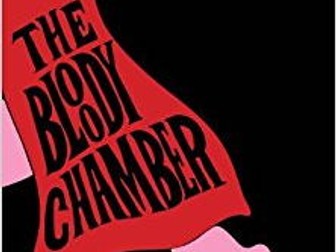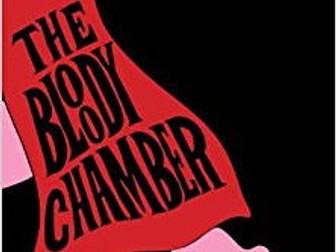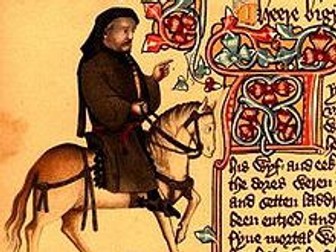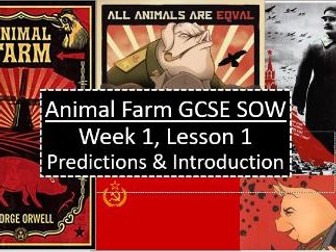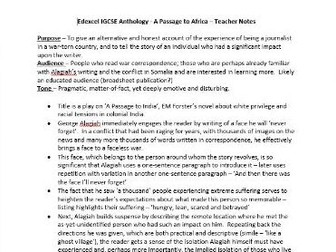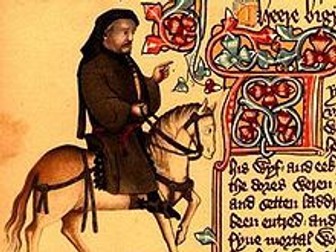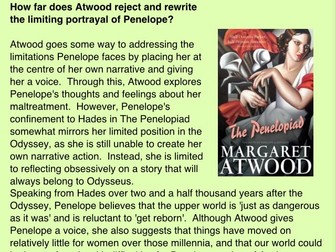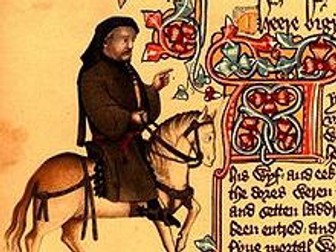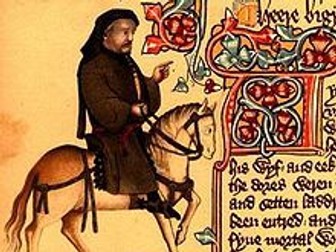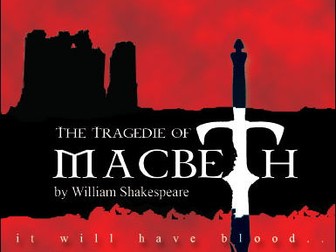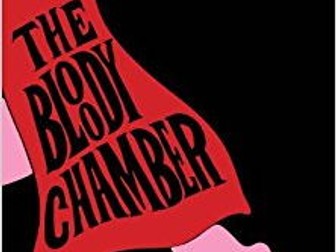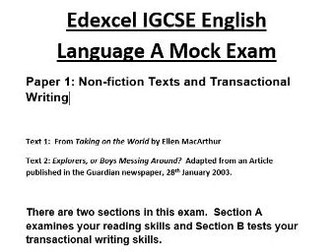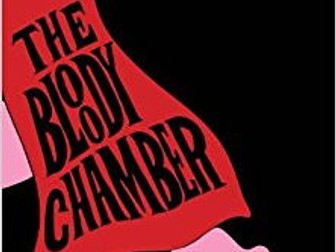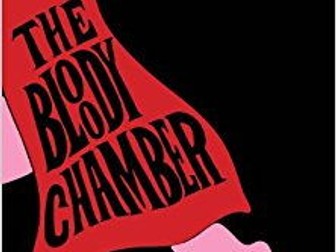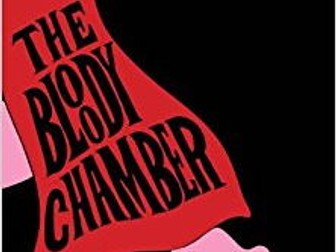
Intro to The Bloody Chamber Booklet - A Level
A thorough introduction to Angela Carter designed for A Level students beginning study of The Bloody Chamber. The booklet covers key biographical information on Carter, including the experiences in Japan which shaped her as a writer. There are accessible introductions to essentialism, feminism, including the virgin-whore dichotomy, and post-modernism.
Charles Perrault's version of 'Bluebeard' is also included to kick off study of the title story of the collection, as well as an exploration of artistic influences on Carter's version of this tale, including Impressionism and Symbolism. There is an analysis of each of the Marquis' wives and a collaborative research task.
The booklet includes a number of questions and wider reading tasks. Designed for the OCR spec as part of the 'Gothic' module which heavily weights context and requires knowledge of the author's biography and wider works as well as critical traditions and alternative readings. Includes occasional reference to Dracula, as this was the partner text, however could be used with any other Gothic partner text or on its own. I studied Carter for my undergraduate dissertation and Master's degree and draw on that knowledge here, in a format that aims to be compact and accessible for students.
